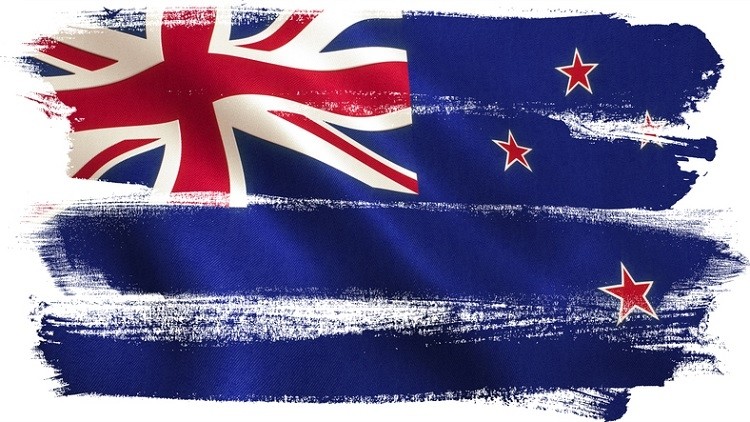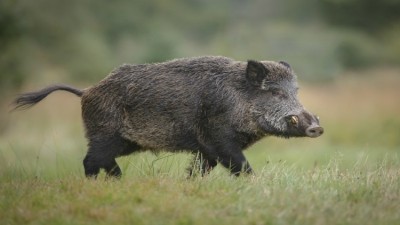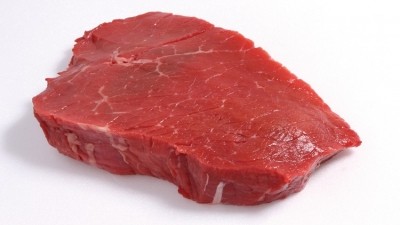New Zealand meat exports in decline

Meat and wool exports dropped 9% in value in the year to June 2017, according to statistics from New Zealand's Ministry for Primary Industries (MPI).
Revenue hit NZ$8.3bn, down from NZ$9.2bn at the same point last year.
Government analysts blamed the decline on two factors: fewer dairy cattle were culled this year compared to high kill rates in the prior two; and wool prices fell to “ very low levels ”, due to a demand slowdown.
The latter created a backlog of wool in China and New Zealand that will need to be used up before prices can recover.
While these factors dragged the collective value of meat and wool exports down, there was some joy for lamb – and it’s a classic case of supply and demand: lower production in both New Zealand and Australia supported higher export prices.
Still, the overall drop in export revenue may be a blip, with MPI forecasting a modest rise in export value in 2018 and 2019.
Revenue is expected to increase by nearly 2% next year.
Growth projections are backed up by the fact Kiwi meat producers have unlocked a couple of interesting new markets.
Several processing plants have begun exporting chilled beef to China on a trial basis.
Volumes are modest right now, but MPI said the new market “ may hold great potential ” for future growth.
Frozen lamb is also on its way back to Iran after a more than two-decade hiatus.
Iran's market of 80 million people boasts “ great potential ” for expansion, according to MPI.
New Zealand is expecting its primary exports – which includes meat, dairy, seafood, wool, timber, wine and fruit – to deliver overall revenue growth in 2018.
Jarred Mair, director of sector policy for MPI, said: “ A number of factors will coincide to substantially boost exports next year to NZ$41.6 billion, including dairy prices remaining strong, supported by a return to normal productivity levels across most sectors following adverse weather last year .”











